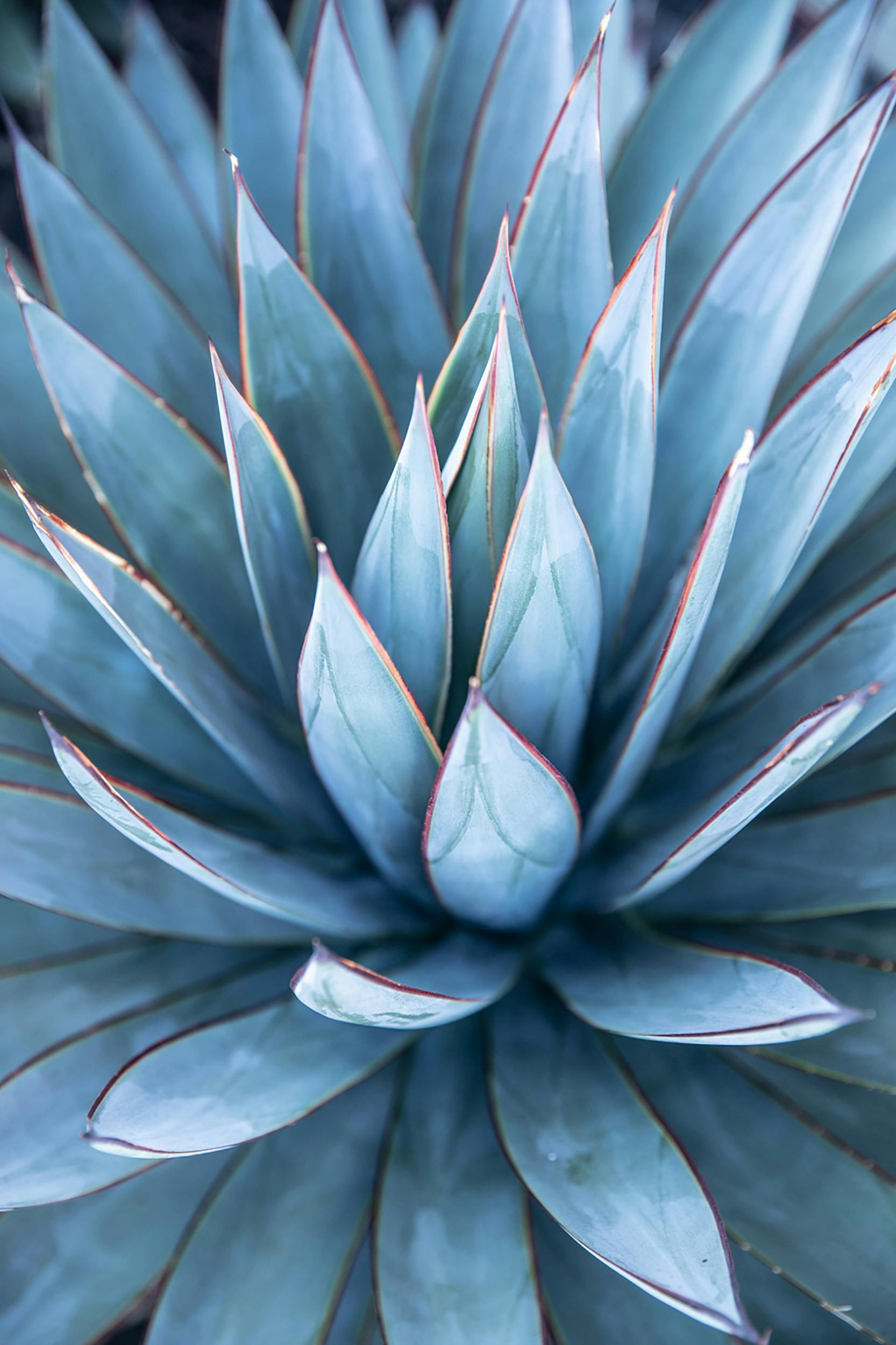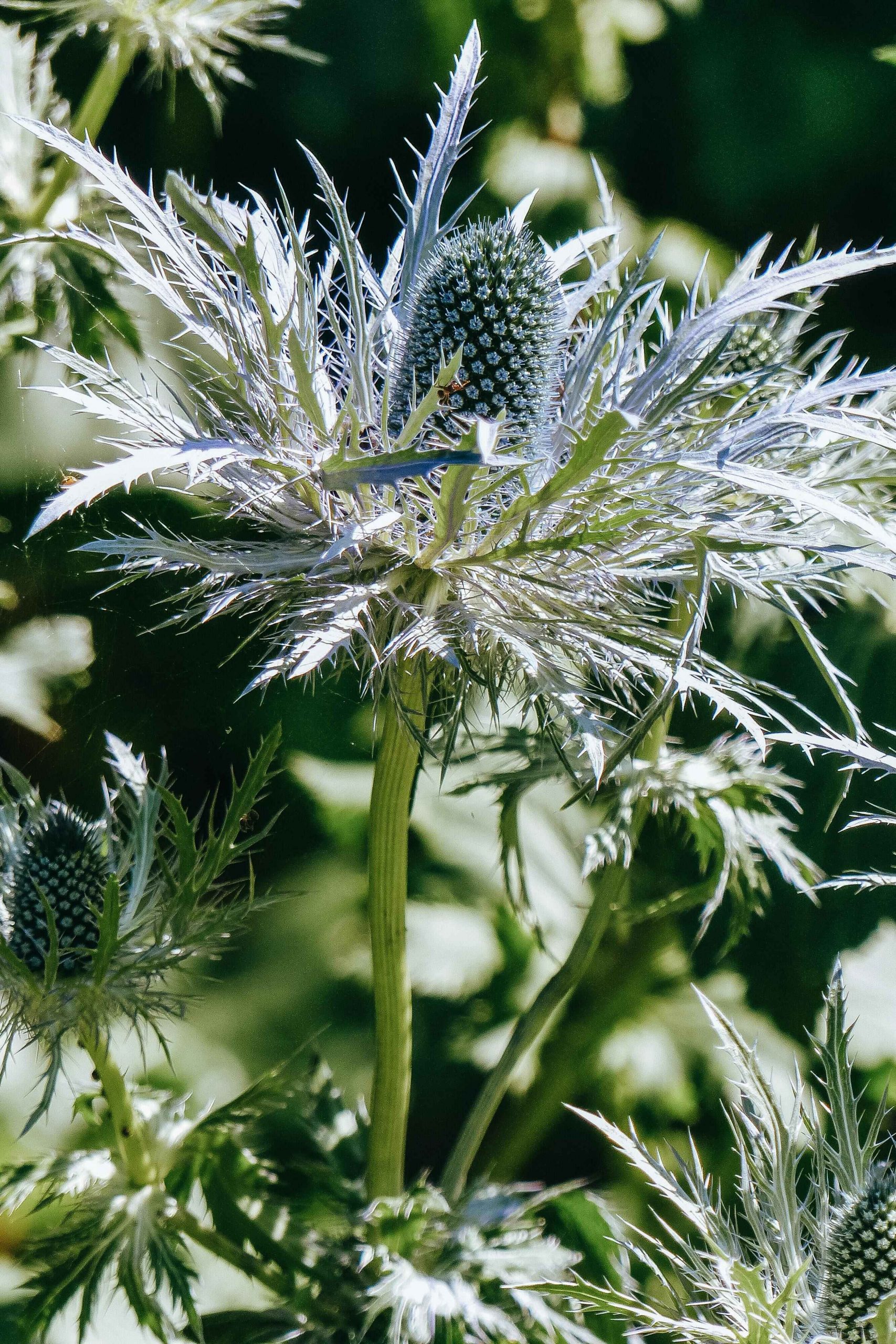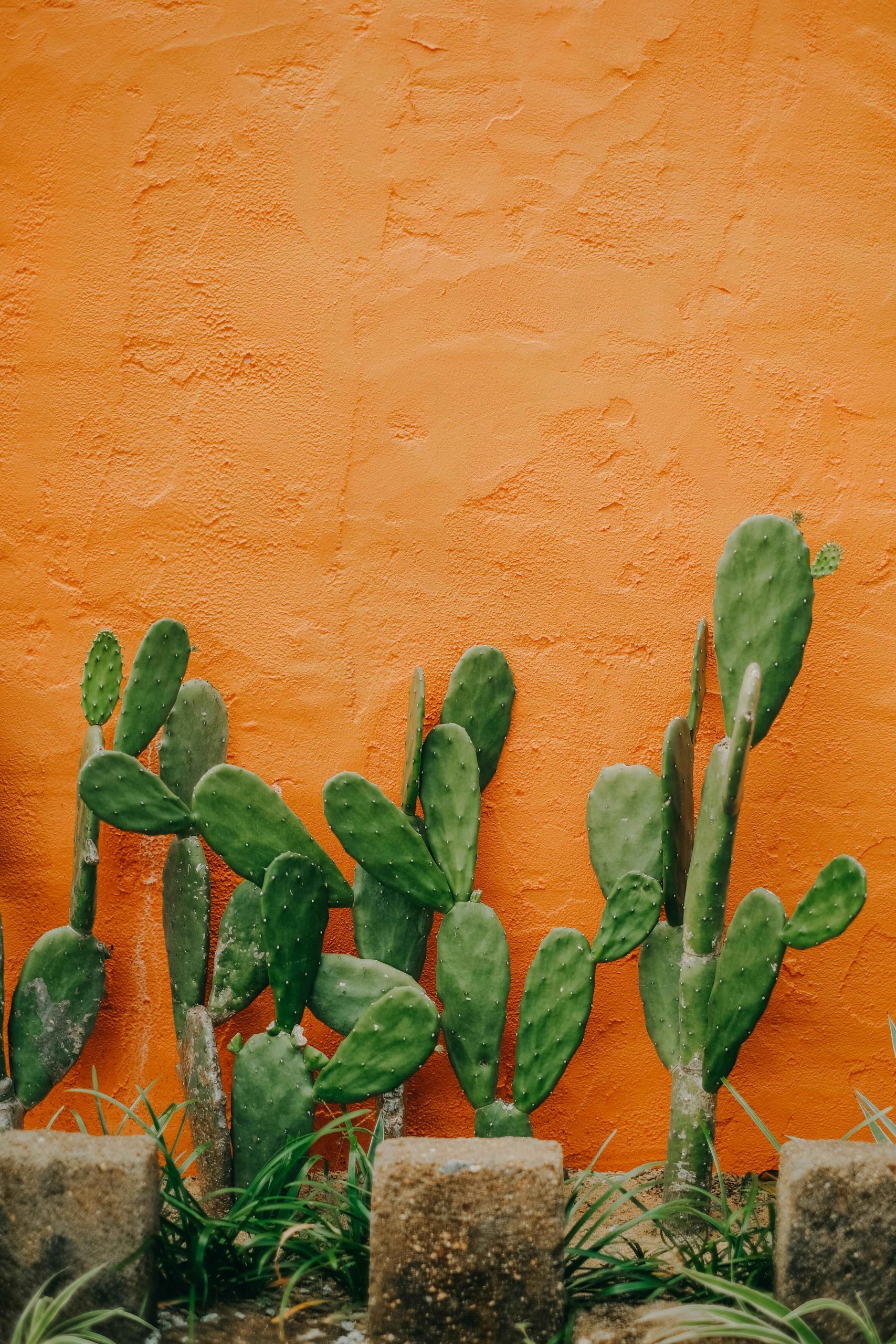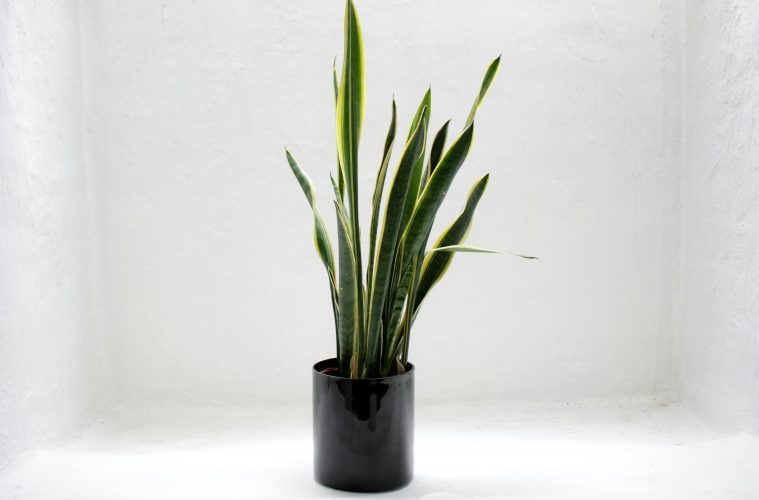Spiky plants add a tropical-inspired look to your garden that feels right at home in a lushly landscaped environment. Depending on their size, the lines of these sleek, dramatic plants can be used as a focal point in your garden or even as a border plant that adds structure to the garden.
Here are 5 spiky plants to incorporate into your garden landscape
Agave
These large, spiky plants make a dramatic statement in any garden, and it’s good to add to your garden as some of these species are known to be hardy. Agave grows best in full sunlight with rocky, well-draining soil, but all depends on the variety you decide to grow.

Image Credit: Pexels
Blue grass
Also known as blue fescue, these spiky ornamental grasses have sharp-edged, silvery-blue tufts that emerge from the ground. They are excellent for adding architectural qualities to your garden space. Blue fescue is a hardy and drought-resistant grass, making it very low-maintenance and suitable for areas that can be left unattended. Its striking texture and vibrant colour are what attract many gardeners to it.
Sea holly
These are delicate, spiky plants featuring sharp-looking, metallic purple-blue flowers that emerge from their tall, spiky stems. The flowers give off a charming cottage garden appearance, with lush leaves blanketing the plants. They are among the best perennials to incorporate into your garden, as they self-seed and return year after year.

Image Credit: Pexels
Snake plant
Snake plants are versatile, spiky plants that thrive in both indoor and outdoor environments. Their tall, sword-like leaves grow in dense clusters, with a striking vertical interest to any garden. Often featured with green leaves and yellow variegations. Adding snake plants creates a bold visual contrast that enhances any space. Incredibly low-maintenance, thriving in full sunlight and requires minimal watering.
Cactus
The cactus is one of the popular heat-tolerant plants you can opt for. These resilient plants have adapted to surviving in arid conditions, storing water in their thick, fleshy tissues to get through dry spells. This is why they are one of the top heat-tolerant plants. Cacti plants come in a wide variety of shapes and sizes, from small, round balls to tall, perfect for any type of garden style. Their thorns, which are modified leaves, serve multiple purposes: to protect the plant from predators, reduce water loss and help catch moisture from the air.

Image Credit: Pexels
ALSO SEE: CACTUS ROOT ROT AND HOW TO EFFECTIVELY FIX IT
Feature Image: Pexels

